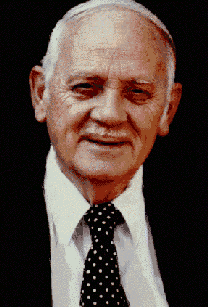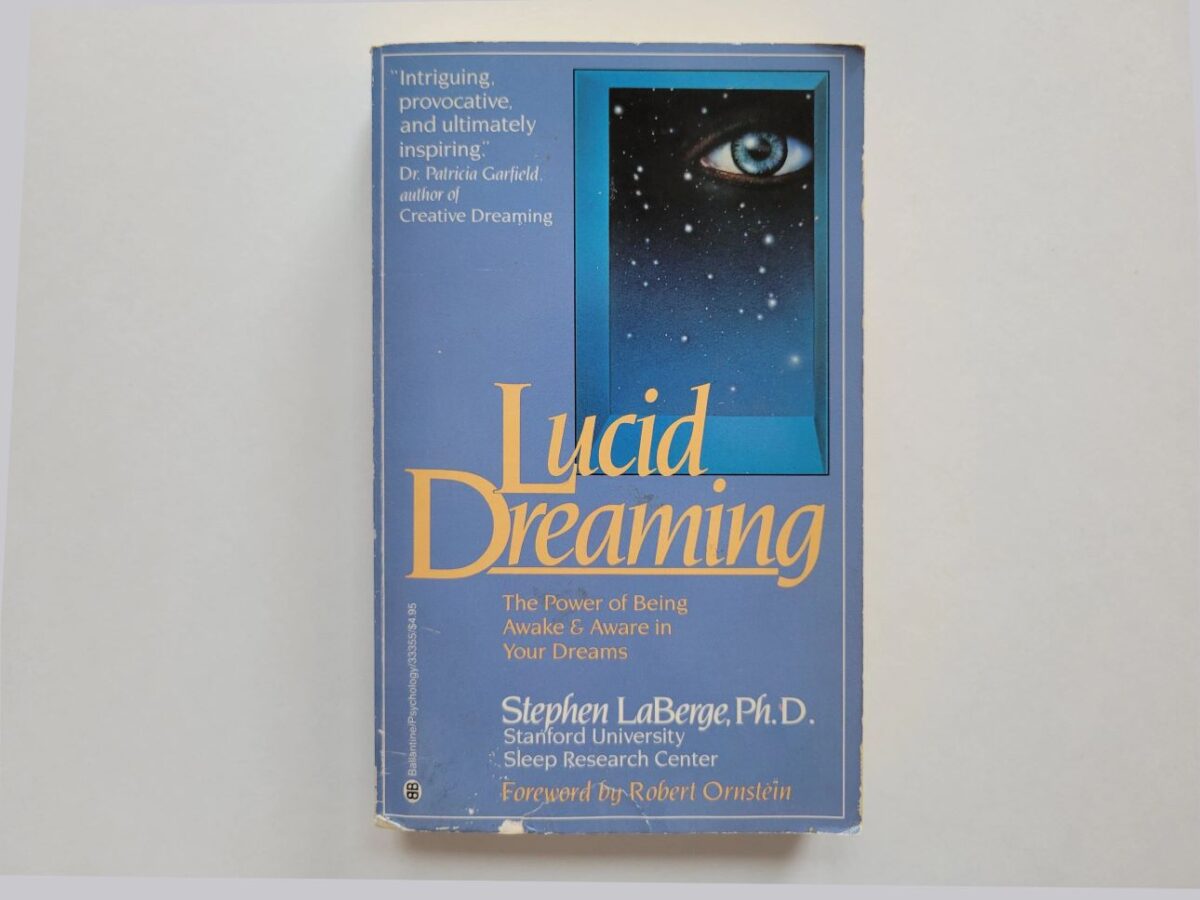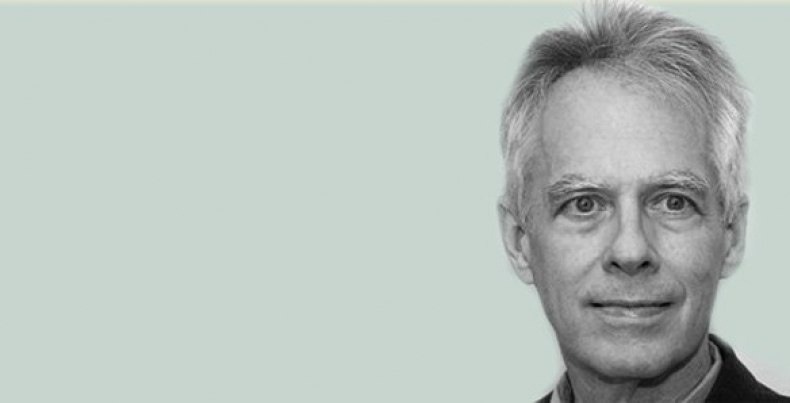Although the general tone of this learning material has so far kept to a sufficiently materialist tack, it is not theorizing about lucid dreaming that brings people together, but its practice. Practice is indisputable, while theory always leads to contention. For that reason, it makes no difference at all what the practitioner considers the nature of the phenomenon to be, including if he sees esoteric or mystic motifs in it. Everyone has the right to their own outlook and it is by no means the aim of this book to influence any life philosophy or encourage it towards some theoretical bent. What’s most important is that the reader be able to get real practice with the phenomenon.
Unfortunately still, there is no clear definition of the phenomenon in esoteric culture, nor an unambiguous term for it. Depending on the esoteric practice, lucid dreaming state is alternatively lumped in with astral projection or out-of-body travel, and sometimes with lucid dreaming. Postulated is some essence (the soul or astral body) leaving the physical plane and finding itself somewhere in a) the physical world, b) the dream world, or c) the astral plane, etc. Meanwhile, the number of worlds that can be visited varies depending on the mystical school. For example, the astral plane can be the higher one or the lower one, or also the mental plane, etheric plane, and so on and so forth. In some mystical schools this is considered a higher experience in terms of one’s personal practice and state of being, while in others it is equated to the physical world, and is but a layer between more ethereal realms. Just the same, explanations of the nature of the phenomenon and its significance also vary widely.
It is also often considered to be the same state that people experience when dying. In many Eastern practices and religions, like Buddhism for example, where the main goal is to stop the cycle of reincarnation through remaining conscious while dying, it is believed that conscious dying can only be accomplished through ability to enter lucid dreaming, which would be a form of training for the moment of death and remaining conscious during it.
There are endless disagreements regarding how lucid dreaming (i.e. dream consciousness) actually differs from so-called "out-of-body travel" and whether its classification under lucid dreaming is justified. The same controversy extends to another esoteric term – astral projection. However, such doubts only trouble novices and those whose acquaintance with lucid dreaming is superficial. Not a single experienced practitioner can unequivocally differentiate these phenomena, although explanations for this may vary. For example, when classifying all these phenomena together, one practitioner will conclude that it’s indeed a parallel world, while another might maintain that it’s all generated by the mind.
There are many reasons to classify lucid dreaming (i.e. dream consciousness) together with out-of-body travel. This is not only because existing research and a massive number of peoples’ experiences easily prove it. There are a number of questions that adherents of dividing lucid dreaming phenomena into various states cannot answer. First, why do lucid dreamers and out-of-body travelers use the very same techniques to achieve their states, but merely call the result by different names? Second, why are the fundamental properties of the out-of-body plane and lucid-dreaming world exactly the same? Third, if the world of dreaming can take on any external form with any properties, then how does one differentiate real exit of the soul from the body into the physical world – or a parallel astral one – from a simulated dreamscape? Many can offer theoretical explanations, but not one that can be applied or proven in practice.
People usually encounter extreme physiological difficulty in leaving behind the idea of there being a myriad of worlds that they can fall into. This is usually tightly interwoven with their life philosophy and worldview, which can be pulled at the seams by such questioning. However, even opponents of classifying lucid dreaming experiences together can easily use the techniques to achieve them in a way compatible with their outlook. This again demonstrates the secondary role of theory and the overriding importance of practice.

 obert Monroe was born in the United States in 1915. In 1937, he graduated from Ohio State University with a degree in Engineering. He worked for some time as a radio program producer and director until he established his own radio company in New York, which rapidly expanded.
obert Monroe was born in the United States in 1915. In 1937, he graduated from Ohio State University with a degree in Engineering. He worked for some time as a radio program producer and director until he established his own radio company in New York, which rapidly expanded.







